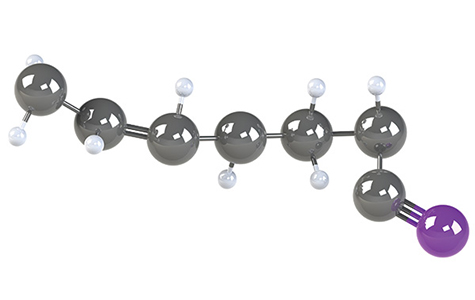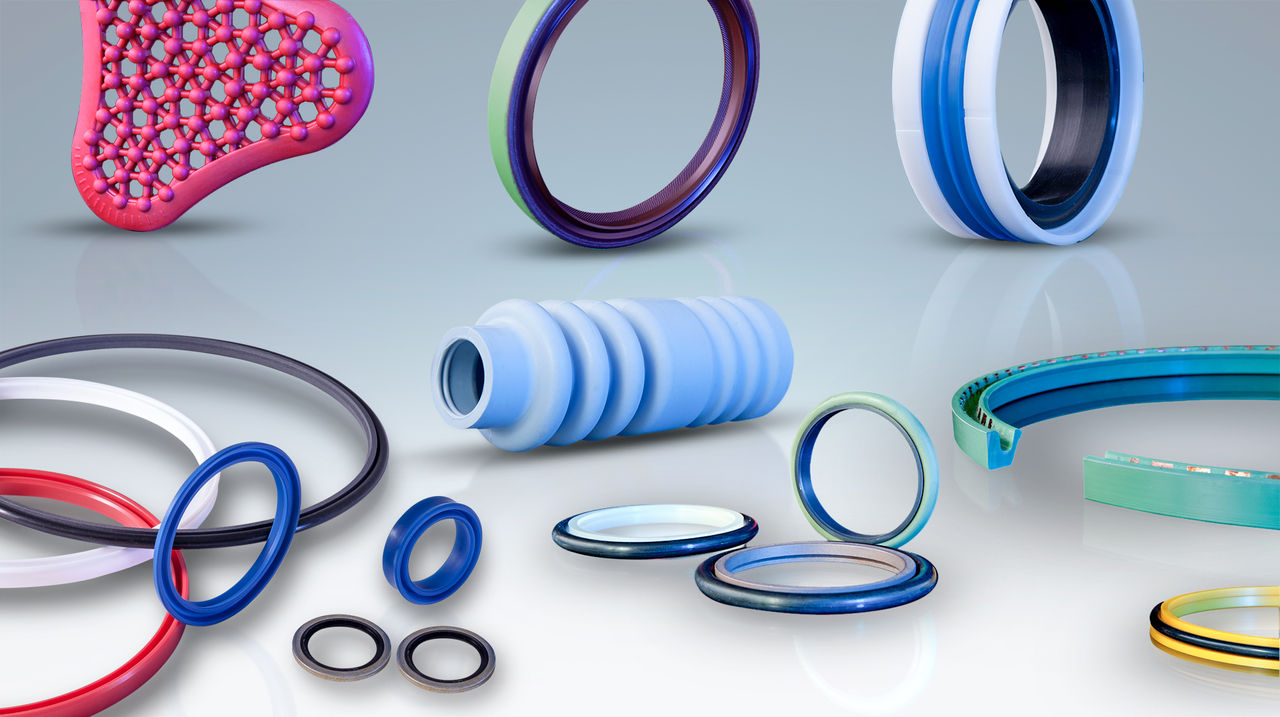Chemical Resistance Guide
For more details about chemical resistance, please check our Rubber Chemical Resistance Guide.
NBR or nitrile, also known as Buna-N, is the most commonly used elastomer in the seal industry. It is a copolymer of two monomers; acrylonitrile (ACN) and butadiene. This specific copolymer is also referred to as acrylonitrile butadiene rubber, emphasizing its two main components. NBR, which stands for Nitrile Butadiene Rubber, is the standard material for hydraulics and pneumatics.
The properties of NBR rubber are ruled by the ACN content. This content is broken down into three categories:
The higher the ACN content, the better the resistance of the elastomer to hydrocarbon oils, but it has less flexibility at low temperatures. Conversely, with a lower ACN content, the material offers better flexibility at low temperatures. Therefore, medium nitrile, a balance between acrylonitrile and butadiene in the rubber, is the most widely specified due to its good overall balance in most applications. It often surpasses many other elastomers in terms of compression set, tear, and abrasion resistance.
Through the process of hydrogenation (HNBR), carboxylic acid addition (XNBR), and PVC blending (NBR/PVC), the nitrile polymer, in its various forms (known as acrylonitrile butadiene rubber or acrylonitrile-butadiene rubber), can be engineered to meet a more specified range of physical or chemical requirements.


For more details about chemical resistance, please check our Rubber Chemical Resistance Guide.

To guarantee the best quality for custom products, we work with Six Sigma engineering methods, Finite Element Analysis (FEA) simulations and special development processes.
Want to speak directly with one of our employees or specialist? Don’t wait and get in touch
Get in contact with us. Please fill in our online form and we will contact you as soon as possible.
Found a product, service or solution but you need to first discuss this with your team? We help you to collect and send all the information to your team.
